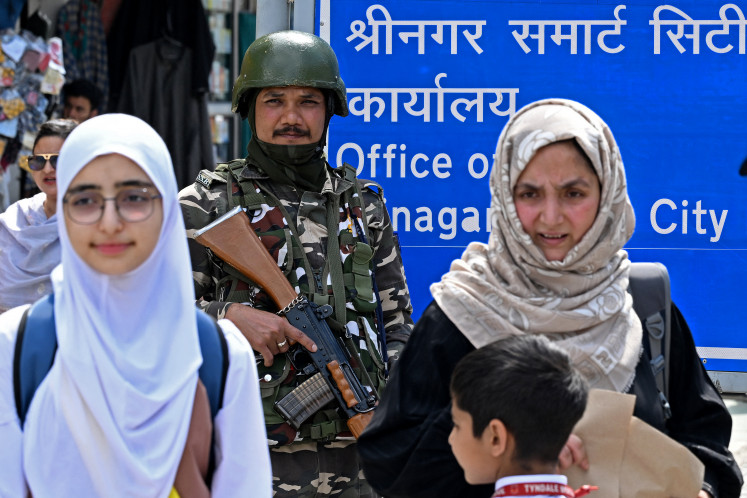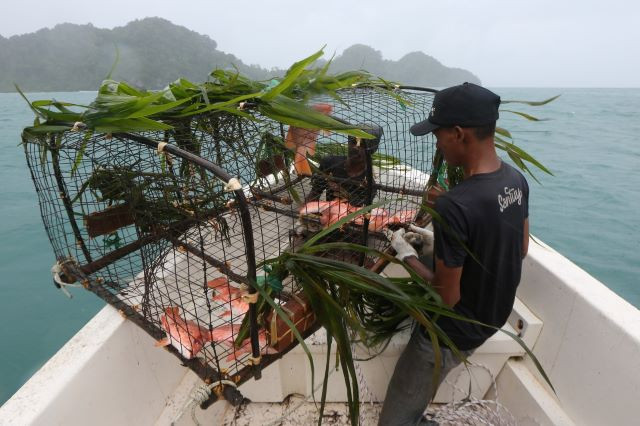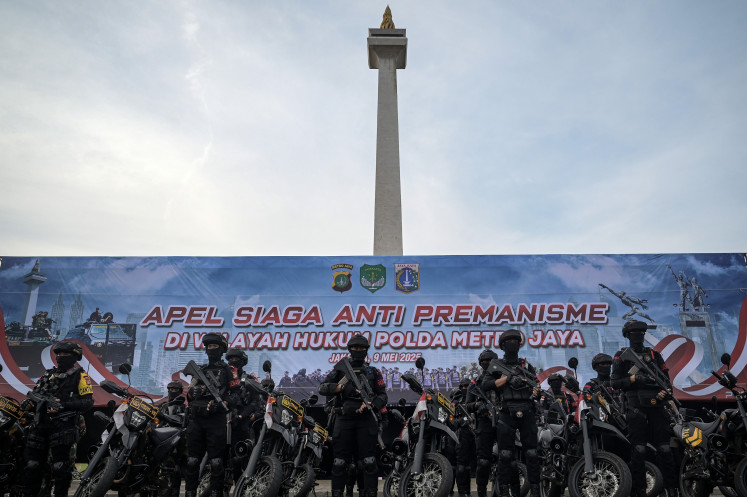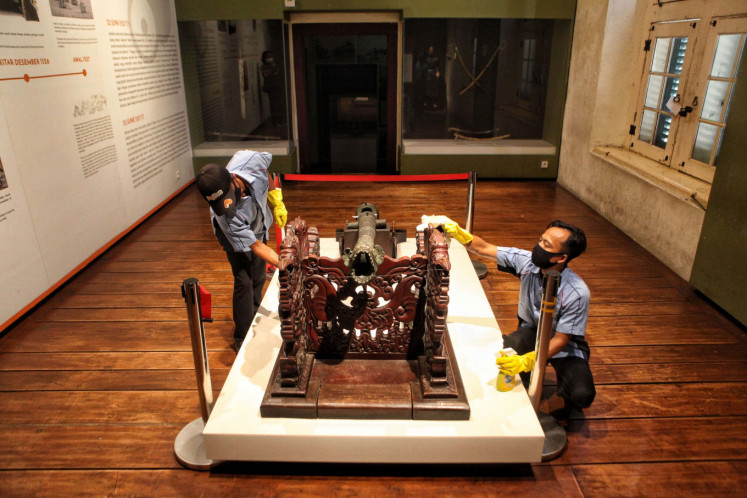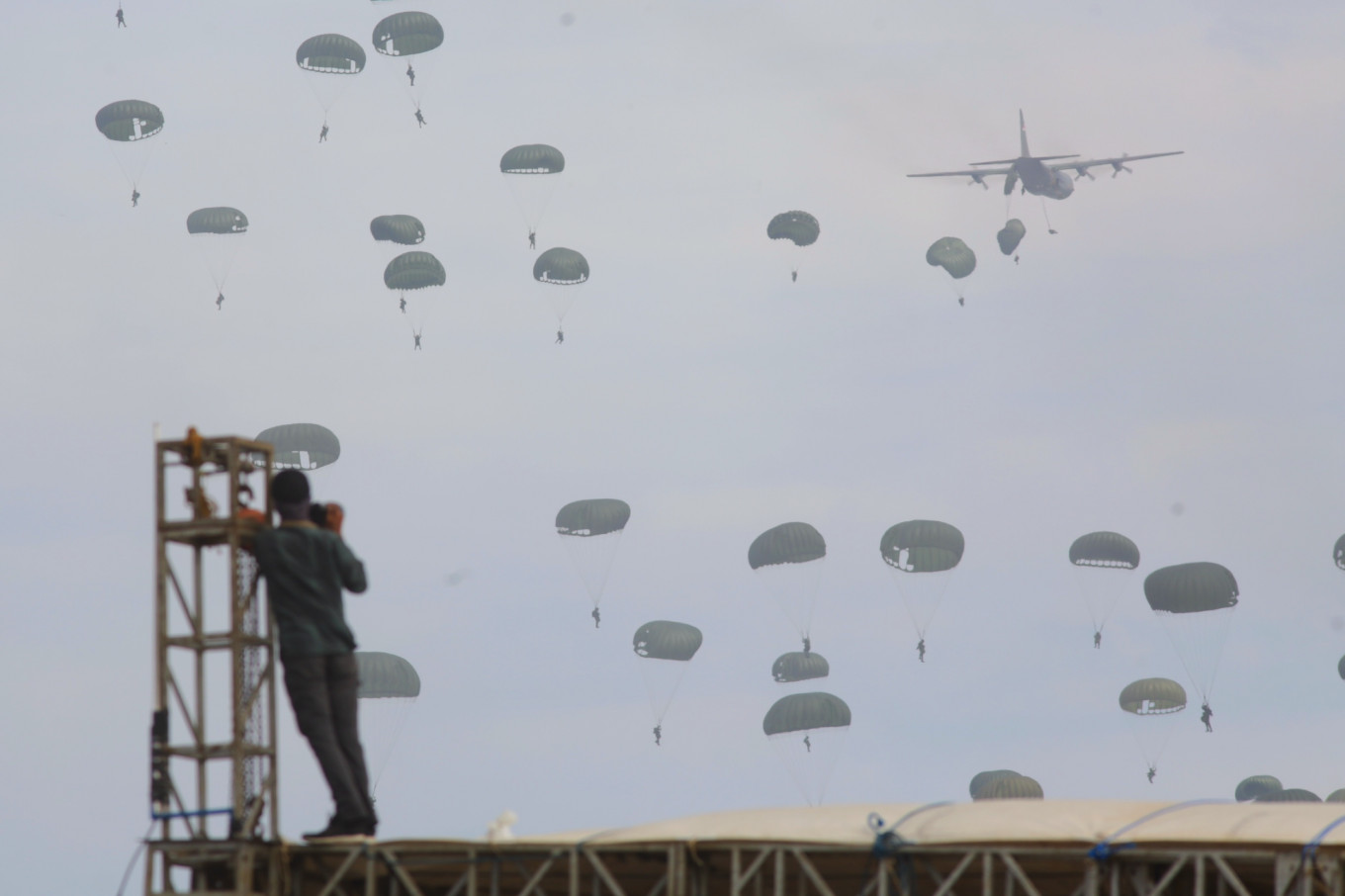Joint defense regional commands, a maritime focus
The creation of Kogabwilhan signifies at least four major military developments in Indonesia.
Change text size
Gift Premium Articles
to Anyone
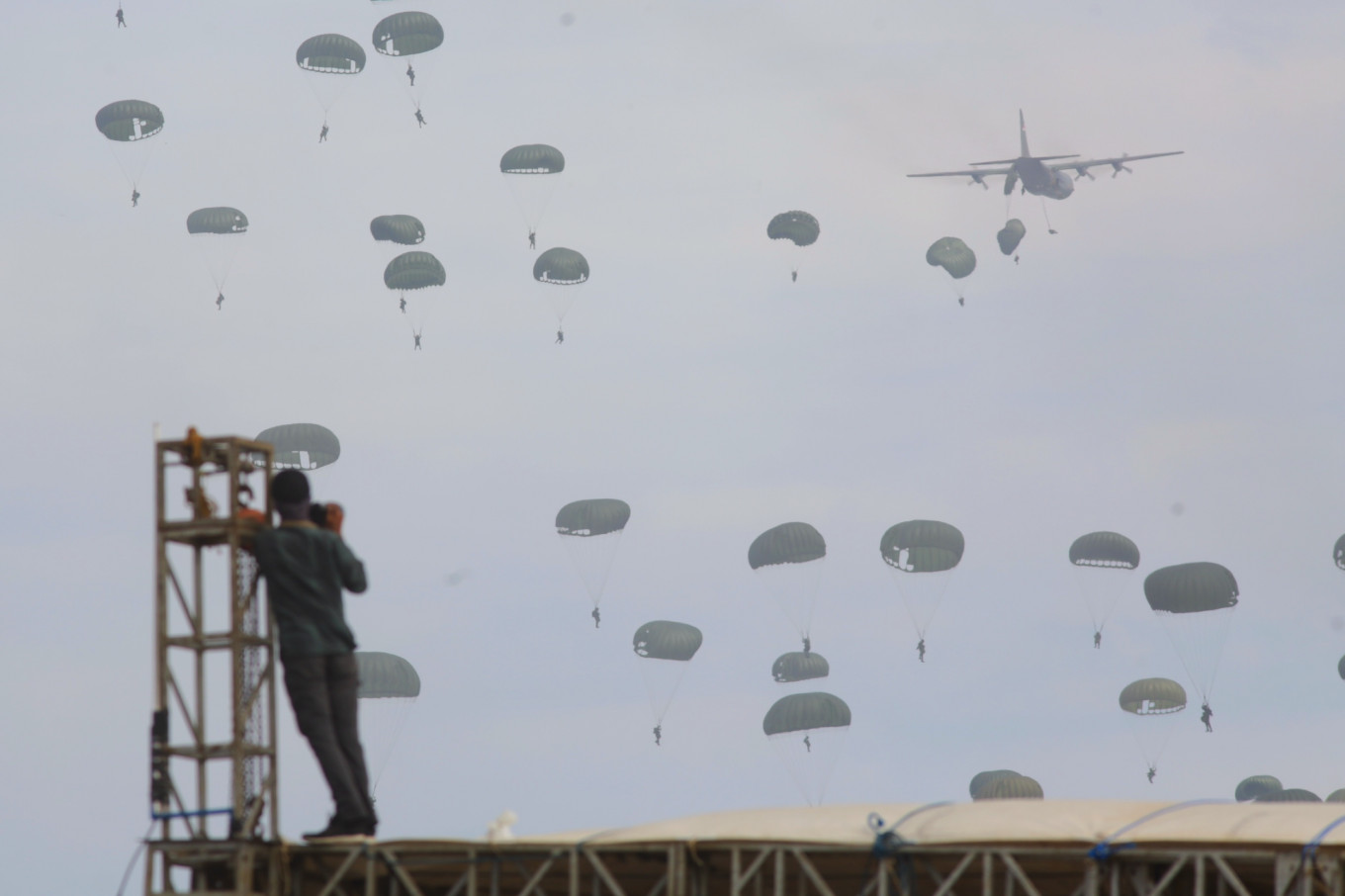 The creation of Kogabwilhan signifies at least four major military developments in Indonesia. (JP/Wendra Ajistyatama)
The creation of Kogabwilhan signifies at least four major military developments in Indonesia. (JP/Wendra Ajistyatama)
O
n Oct. 5, the Indonesian Military (TNI) celebrates its 74th anniversary. Ahead of the annual event, the country’s military leadership made a significant decision to establish the so-called Joint Defense Regional Commands (Kogabwilhan).
Over the past decade, defense planners have mulled over the establishment of joint regional commands as part of Indonesia’s military transformation. The plan was formalized under Presidential Regulation No. 10/2010. However, it has been constantly postponed due to pending infrastructure readiness such as military bases and equipment. The overdue plan was eventually realized after President Joko “Jokowi” Widodo issued Perpres No. 42/2019 on the second amendment of the TNI’s organizational structure.
Inaugurated on Sept. 27, the Kogabwilhan play a strategic role as the TNI’s “first responders” in an event of regional conflict and “striking force” to repel foreign aggression or intrusion. As the military’s primary operational command, the commanders of Kogabwilhan are positioned under and answer to the TNI chief.
The creation of Kogabwilhan signifies at least four major military developments in Indonesia. First, it represents the centrality of maritime domain in the country’s defense strategy. Article 1 of Law No. 34/2004 regulates that the military’s disposition must conform to the geographical realities of the Indonesian archipelago.
Located in the Riau Islands, East Kalimantan and Papua, the TNI headquarters formed three joint regional commands after taking into account Indonesia’s archipelagic sea lanes (ALKI) and the disposition of existing military units. The decision is consistent with recent organizational developments including the formation of the Army Strategic Command’s (Kostrad) new infantry division, the Navy’s Third Fleet and Marine force, as well as the Air Force’s new operational command overseeing the security of eastern Indonesia.
Second, the establishment of the Kogabwilhan showcases the military’s emerging doctrine of combined arms warfare. Mirroring the structure of the TNI headquarters, the new regional command is organized and equipped with relevant functions for command and control of future joint military operations involving different branches and capabilities of the armed forces.
Similar trends include the creation of the military’s joint special operation command (Koopsus TNI) and integrated forward operating bases in Natuna, Morotai, Biak and Saumlaki. No less important, the TNI has recently intensified war games to assess the interoperability and operational readiness of its weapon systems. During the “2019 Dharma Yudha” military exercise, for instance, the TNI mobilized thousands of soldiers, hundreds of armored vehicles and artillery pieces, as well as dozens of combat aircraft and warships to attest new war-fighting doctrines.




